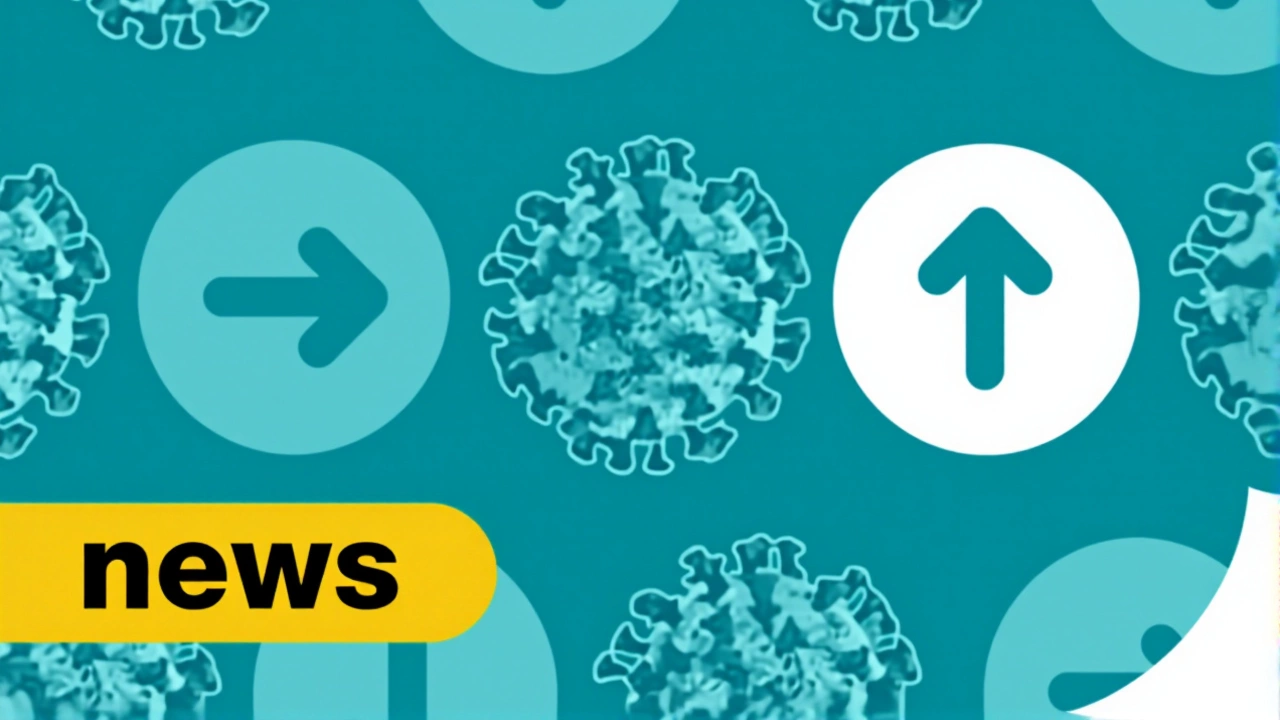Health News in the United Kingdom
When talking about Health, the overall physical and mental condition of individuals and communities. Also known as wellbeing, it shapes daily life, work and recreation. In this space you’ll also see references to COVID‑19, the coronavirus disease that has defined global health patterns since 2019 and the UK Health Security Agency, the government body that monitors infectious disease threats across England. Understanding these entities helps you see why the news you read matters.
Why staying informed matters
The UK Health Security Agency acts as the watchdog for disease spread, providing data that doctors, policymakers and citizens rely on. Its weekly bulletins translate raw case numbers into actionable advice, like when to boost vaccination or scale up testing. Without this guidance, local health services would struggle to allocate resources effectively, and the public would miss early warnings. This link between surveillance and response is a core part of modern Health strategy.
COVID‑19 remains a central driver of health headlines because the virus continues to mutate and find new niches. Even with high vaccination rates, a modest rise in cases can strain hospital wards, especially when combined with other seasonal illnesses. The latest data show a slight uptick in September, enough to trigger alerts about early‑autumn pressure on critical care units. Tracking these trends lets communities prepare, whether that means stocking masks or encouraging vulnerable groups to seek boosters.
Respiratory viruses don’t work in isolation. Flu and RSV usually surge in winter, but this year they have stayed comparatively low, giving the health system a brief reprieve. However, low activity can be a double‑edged sword: fewer natural infections mean reduced immunity, potentially setting the stage for a larger outbreak later. Public health officials watch these patterns closely, adjusting vaccination campaigns and public messaging to balance risk across the season.
Hospitals are the frontline of any health emergency. When case numbers rise, emergency departments fill up, ICU beds become scarce and routine care can be delayed. This September trend has prompted several Trusts to postpone non‑essential procedures, a move that protects critical capacity but also underscores how intertwined Health outcomes are with disease dynamics. Knowing which facilities are under pressure helps patients make informed choices about where and when to seek care.
Inclusive sports and leisure activities play a surprisingly big role in maintaining community health. Regular physical activity reduces the risk of chronic conditions, improves mental resilience and can even boost immune function. When venues adapt for different abilities, more people stay active, creating a ripple effect that eases the burden on hospitals. The news we curate highlights programs that bridge the gap between recreation and wellness, showing how sport can be a preventive health tool.
Grassroots initiatives often fill the gaps left by national programs. Local clubs that offer adaptive cricket, wheelchair yoga or inclusive swimming classes provide safe spaces for physical activity. These projects are usually backed by volunteers, local councils and health charities, all working toward the same goal: better population health. By spotlighting such efforts, we illustrate how community‑driven actions complement official health strategies.
Data‑driven tools are now central to public health. Dashboards that map case counts, hospital occupancy and vaccination uptake give a real‑time picture of the situation. Mobile apps let users report symptoms, receive alerts, and locate testing sites. When combined with traditional surveillance, these technologies improve the speed and accuracy of health responses. Understanding the tech behind health monitoring demystifies the process and encourages public participation.
Policy decisions rely heavily on the information we share. Whether it’s adjusting travel restrictions, funding vaccine research or launching awareness campaigns, policymakers need clear, timely data. By presenting concise summaries of the latest health news, we help bridge the gap between experts and everyday readers, empowering both groups to make better choices.
Below you’ll find a curated list of recent articles that dive deeper into these topics. From the UK Health Security Agency’s latest alert to community sport programmes that boost wellbeing, the collection offers practical insights you can act on right away.

UK Health Security Agency flags early‑autumn rise in COVID‑19 cases
Oct 7, 2025 / 0 Comments
UK Health Security Agency reports a modest rise in COVID‑19 cases in September 2025, warning of early‑autumn pressure on hospitals while flu and RSV stay low.
READ MORERECENT POSTS
- UK Health Security Agency flags early‑autumn rise in COVID‑19 cases
- Steve Martin's Film Legacy Ranked: 'The Jerk' Tops Lists as Career Spanning 40+ Years Celebrated
- Aaron Paul Recalls Bryan Cranston’s Casket Prank on Breaking Bad Set
- James Carragher swaps shirt with Lewandowski after Malta debut
- Sony Loses 34-Year Veteran Connie Booth to EA